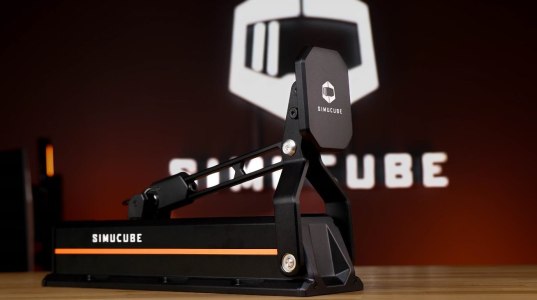It measures a bit better overall then some of the cheaper offerings. A bit less input lag, higher build quality, VESA support, higher refresh rates. Maybe not less motion blur the panel have some issues with transitions on dark colours but it supports ULMB which would erase that issue pretty much.
G-sync is a bit better then freesync also it seems. Very expensive for sure to say the least in term of image quality I think you can get better for less. But it does fit most my bills (I hope).
Currently I run without any v-sync whatsoever and really have no issues with it. I find my racing games perform smoother then with v-sync but I run rFactor 2 at 2-300 fps. If you run fps that high I am not sure Gsync or freesync do much good it´s more for games where you get dips below 60 as I understand it.
It sure is expensive and the X34 for example is just 200 euro more but I think actually the lower res in my hunt for smoothness and higher fps, refresh rates w besides ULMB support may actually make the Z35 a better choice for me. It also have more of a curve 2000 CR which I think do actually add some perception of depth.
As for ULMB it´s the only 21:9 34/35" that supports it that I have found?
Had it just been bigger it would been almost perfect. But then I guess I really would want that 1440p resolution and run into more fps issues. It appear to be a good compromise I hope though in term of sheer image quality I would be very surprised if it can compete with my 50" Sony W650 which I bought for less...
I feel like starting a "freesync vs g sync" monitor thread here.

I have nvidia gpu but I still purchased an amd freesync monitor? Why?
1. A freesync monitor is cheaper than a g sync monitor pending on size. If you want the massive 34/35 inch widescreen 21:9 monitor and you are on a budget, then the choice of freesync monitor is a no brainer because they are at that size almost half the price of a g sync monitor. Obviously, if money is no issue than go for g sync.
2. Freesync min to max adaptive refresh rate range is lower than g sync. Any compatible nvidia gpu will work just fine with g sync but to squeeze out every bit from your monitor, you'll need a really good gpu. With freesync, the low min-max range can be compensated with a good mid range to high end amd gpu like the r9 380/r9 390.
3. With my nvidia gpu; I can enable "adaptive vsync" from nvidia's control panel (I do not use vsync, only adaptive vsync), I can still enable freesync from the monitors settings using display port cord, and I can enable 75hz in the nvidia control panel.
Gameplay is very smooth and I use a mix of high to max settings with fps locked to 75 (tested with Raceroom, Assetto Corsa, Ftruck 2013 and Automobilista). Assetto Corsa fps dives to mid 40's with full grid @ max settings but still very much playable. Raceroom, I get varible fps with the wtcc cars but almost all other cars fps is locked at 75.
As mentioned above, I can enable 75z, freesync and adaptive sync with nvidia card, but I'm still debating if I need to upgrade to amd card or stick with nvidia.
I simply want a 2560x1080p 21:9 widescreen 34 inch 75hz IPS monitor at a affordable price. The freesync LG 34um67 is perfect as it does all of the above at a very affordable price. Picked mine up on sale at Best Buy for only $550 CAD ($650 without sale). Spending over a thousand dollars plus tax, warranty and delivery charges (if necessary) on a monitor is not possible nor justifiable for me. Its total overall package that freesync offers which is the reason why I prefer freesync monitor @ 34inches.















